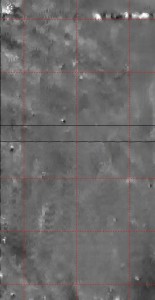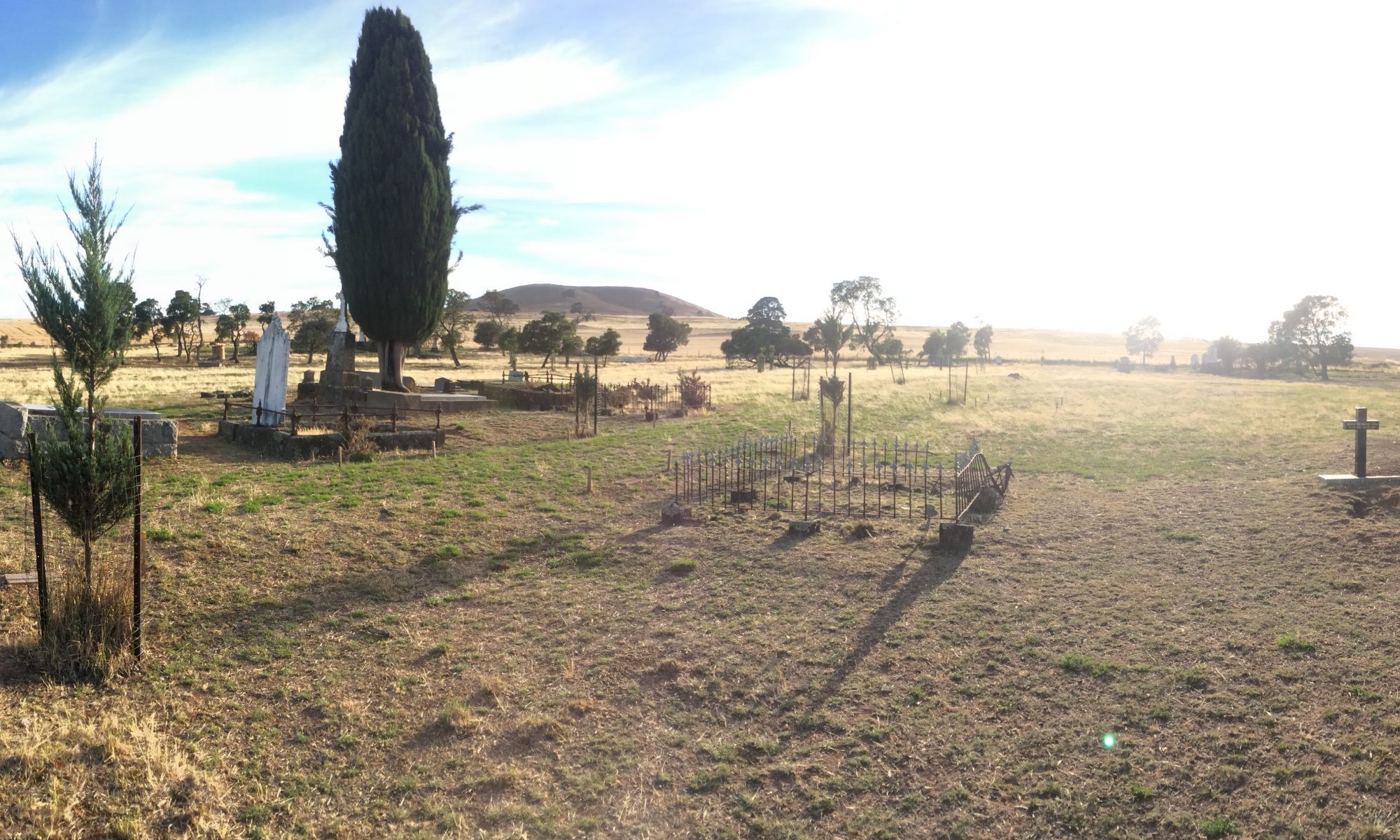
Magnetometry
Magnetometry (or magnetic gradiometry, or gradiometry, or fluxgate magnetic gradiometry, or caesium-vapour gradiometry… depending on who you talk to) is the measurement of the magnetic field strength across a survey area. The strength of the magnetic field surrounding the Earth varies based on what type of material is in the ground.
What can magnetometry find?
Volcanic rocks (such as slate, granite and basalt), objects with a high iron context (such as metal objects or burned soils), fired ceramics and even organic archaeological features which have decomposed are detectable using magnetometry.
It is common for magnetometry to be used to locate buried wall foundations, hearths, middens, areas of occupation such as campsites and pipes.

What can’t magnetometry find?
While most archaeological features are detectable, magnetometry cannot reliably locate unmarked graves (unless there is some magnetised object within a grave, such as a headstone or coffin nails) or sub-surface cavities.

